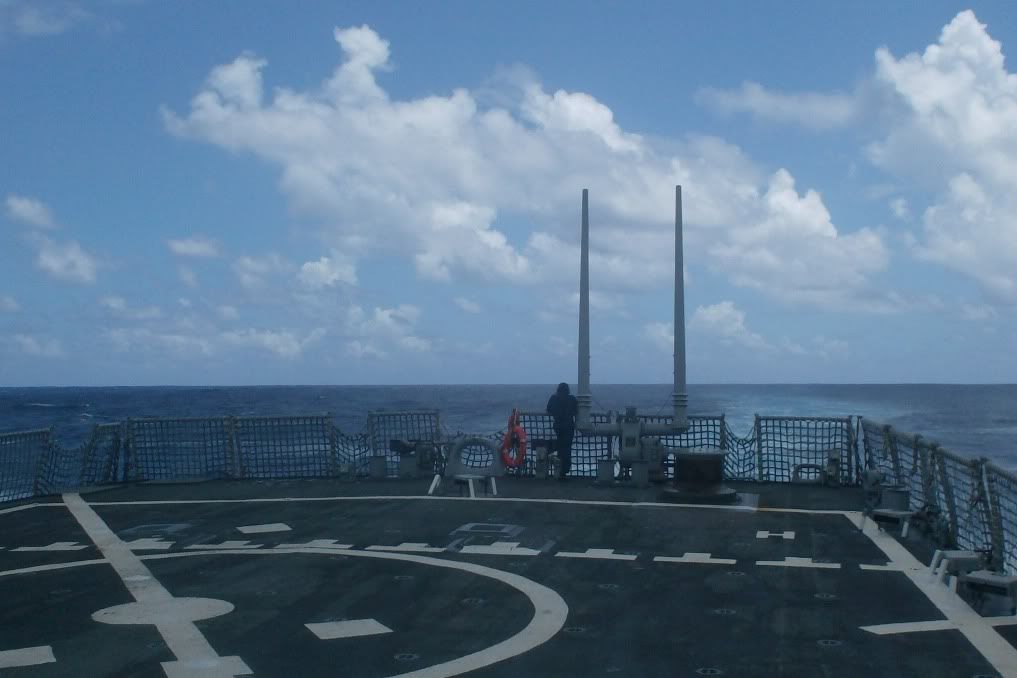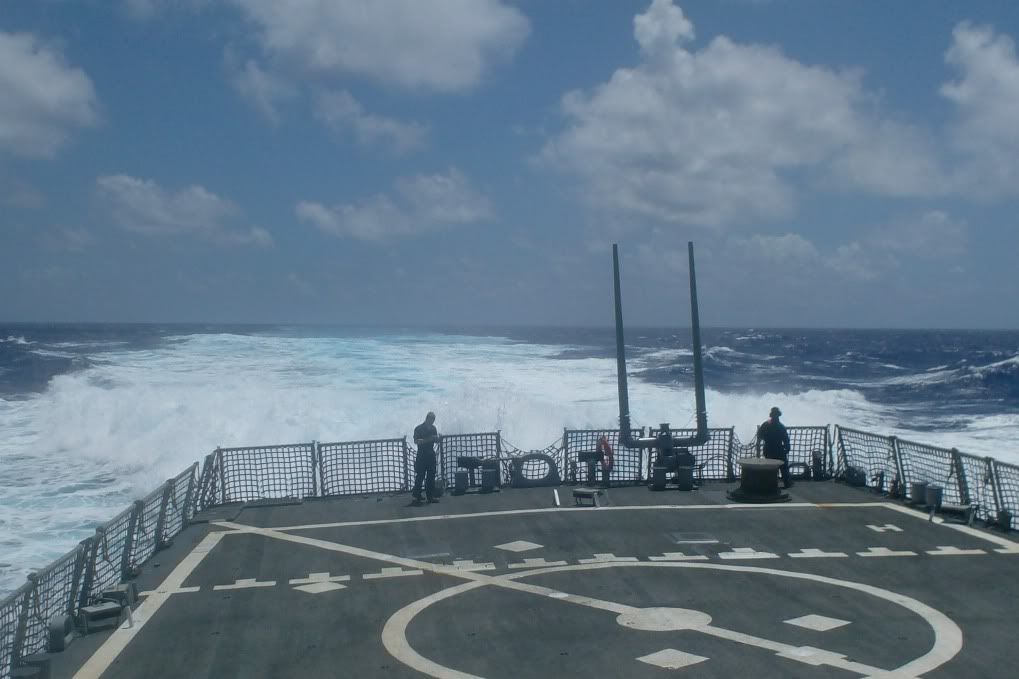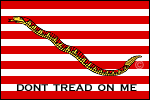Division in the Spotlight - MP Division
In the spotlight this week is Main Propulsion (MP) Division. Manned by Gas Turbine System Technicians (Mechanical and Electrical), or GSMs and GSEs, MP division provides the essential services that make everything else possible aboard RUSSELL. Working in arguably the most arduous conditions on the ship, the temperature in their work spaces can reach or exceed 100 degrees, and the noise levels can be over 1000 louder than an average conversation.
MP maintains and operates RUSSELL's four marine gas turbine engines - jet engines adapted to provide torque instead of thrust - that provide over 100,000 shaft horsepower to two controllable pitch screws. With all four running, they can propel the ship to speeds in excess of 35 mph. I know, you're saying, "My ride can go faster than that." But, your ride isn't made of over 18 million pounds of fighting steel. That's like making a 135,000 square foot office building go 35 mph. In addition, with another three gas turbines powering the ship's generators, MP can make enough electrical power to supply a town of 4,500.
So, here's a little pop quiz:
Q: What's the difference between these two pictures?


A: The second has a little more "MP" added. And yes, that rooster tail is about 24 feet tall.



8 comments:
Gotta love horsepower! You can never have too much.
Jim C
The difference is about 16 knots,
14 knots vs 30 knots.
Not to mention, CHENG biting his fingernails looking at the fuel gauges slowly dropping...
Byron
Hope y'all get the gas money to go fast more often. Economy mode kinda reeks.
Geez...I know I didn't see leaning on the safety nets...
Byron: Nope, the CHENG is down there in CCS with a big grin on his face, coz ENG Dept is putting THE show...
The engineering spaces have always been the most challenging to work in though back in the days of boilers and 1200psi steam, a 100 F space temp was considered comfortable. Another sign of the advances in technology being utilized by the Navy. 3o knts is pretty quick for something that size. We were out with the USS Long Beach CGN35(?). She came up behind us and passed on a speed run. We were cruising over 20 knts and it was like being passed on the freeway. She was well in excess of 30 knts.
Cool pics, sir.
USS LONG BEACH was CGN-9 I believe, built on a small (Essex class?) aircraft carrier's keel and used plants that were later installed in USS Enterprise (CVN-65). LONG BEACH was an experiment using the aircraft carrier plant. CGN-35 was the USS TRUXTON built on a (large) destroyer keel. Like my first ship CGN-36 USS CALIFORNIA, these were originally called DLGNs. So I have a remote kinship to you destroyer types, especially the MP Division.
I was in L-Division, the chemists/ radiological controls people for the nuclear plant. We had to keep qualified on the mechanical aspects: feed pumps, turbine generators, etc. Hot, it was, especially when seawater injection temperature (in the North Arabian Sea) was 90F. Luckily, L-Div had the air conditioned nucleonics lab to which we could retreat.
We could do a rooster tail for months on end if needed sans refueling, if we kept the chemistry just so. Some other divisions had something to do with that, too, I understand.
Love the chronicle, XO et. al. Especially the fantail frolic y'all had.
Thanks Reese. I must've confused it with the Truxton which was homeported at San Diego. She sure appeared to be a big ship though, compared to the Sherman class can I was on but I didn't know she was laid on a carrier keel.
30+ knots indeed!
Interesting stuff.
Thanks again
Post a Comment